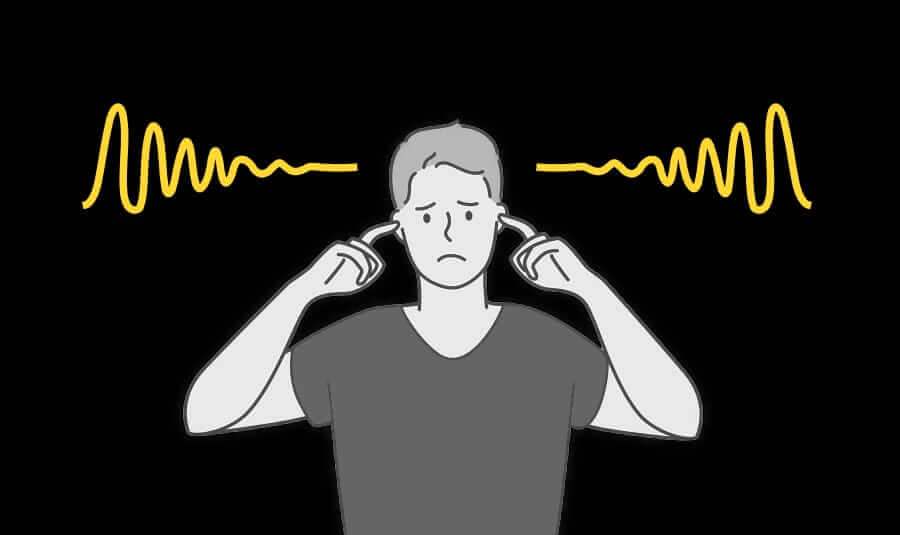We’ve all heard of white noise, the sound of well, nothing really—it's more of a mix of sound frequencies to create a static-like sound. That fizzy buzz has been used since the 1960s to help drown out the world around us, but there's another sound that's all the rage right now on social media platforms and music apps and it promises better results than white noise: Brown noise.
In scientific circles, it's technically classified as red noise, but the name comes from the way it's produced. The sound signals change randomly to produce the sound of static, mimicking a type of erratic movement pattern, called “Brownian motion,” named after Scottish botanist Robert Brown.

Brown noise has fewer high frequencies than white noise, so you'll recognize it as a lower sound, explains Anahita Mehta, a researcher who studies sound pitch at the Kresge Hearing Research Institute at the University of Michigan. Examples would be the deep roar of an ocean wave crashing or thunder rolling. This deeper sound, many have said, allows your brain to feel calm, freed from an internal monologue. Which is why it's being called “audible Adderall,” “the elite noise” and “a deep focus hack.”
You can find it anywhere: On YouTube, a 10-hour-long brown noise video has been viewed over 12 million times. There are also curated Spotify playlists dedicated to the sound, along with specialized apps to play it on demand.
Advertisement
How does it do it? Well, scientists are still studying the sound and only speculating about its benefits at the moment. But the growing interest is there, due to such overwhelming anecdotal evidence. For instance, I'm writing this while listening to brown noise and I feel both calm and uniquely focused. And that could be thanks to the sounds ability to elicit the body's relaxation response—researchers believe that the rich, round frequencies produce the same feelings as well-established methods like deep breathing and meditation.
Calming the mind is one of the sound's most popular benefits and that's likely thanks to a theory called stochastic resonance. This allows the brain to tune into hard-to-hear tones—in music, people's voices or even ambient sounds—that otherwise go unnoticed. You see, both internal and external cues can distract the brain. You know that nagging inner voice questioning if you remembered to lock the door? Brown noise is just stimulating enough to activate the brain but it's not overwhelming, which means it helps drown out some of that internal chatter as well as mask background noise, allowing you to focus and tap into a peak-work flow state, in which many believe we're at our most productive and creative. Of course, it can also help you fall asleep quickly, since your mind is at ease and the frequency is likely blocking out noisy neighbors, traffic noises and a snoring partner. So give it a try. Really, what do you have to lose?
Listen Responsibly
Medical experts who spoke to the New York Times said that there isn’t any danger in listening to brown noise for hours at a time, as long as you play the sound at a reasonably low volume. Listening to any noise above 70 decibels over a long period of time can damage your hearing.
Advertisement

































